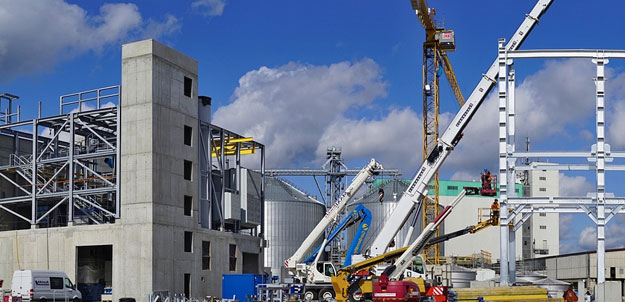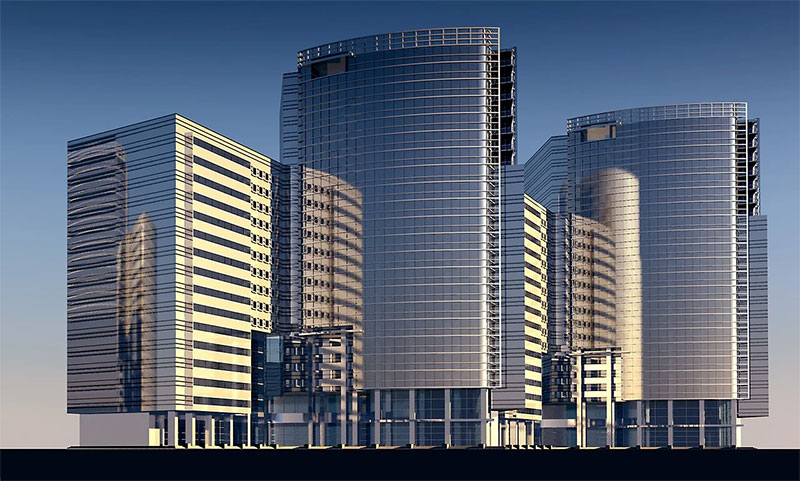Silicone application solutions in new construction fields

With the continuous development of science and technology, the application fields of silicone are becoming more and more extensive, especially in the field of new construction, becoming an important material to promote the progress of construction technology. This article will focus on the application solutions of YOZHO Technology's silicone in the new construction field, showing the advantages of silicone in building sealing, bonding, coatings, etc.
1. Silicone structural assembly system
Silicone structural assembly systems are widely used in the construction field and have the following advantages:
1. Strong durability: Silicone can protect the appearance and quality of the building for a long time and is not affected by sunlight, rain, hail, snow, heat, cold, ultraviolet radiation and atmospheric pollution, so the building has a longer service life and requires less maintenance. Less, too.
2. Good elasticity: The elastic design characteristics of silicone can change greatly over time, and can adapt to the natural displacement and movement of buildings, while also resisting natural disasters such as earthquakes.
3. Strong adhesion: Silicone can be bonded to a variety of materials, such as concrete, wood boards, glass, etc., enabling fast and efficient construction.

2. Silicone building sealants and adhesives
Silicone building sealants and adhesives offer the following benefits:
1. Strong temperature resistance: Silicone can maintain its elasticity and adhesiveness in high and low temperature environments, so it can be suitable for buildings in various climate conditions.
2. Strong weather resistance: Silicone can resist external environmental factors such as ultraviolet rays, acid rain, salt spray, etc., and can protect buildings from erosion by the external environment.
3. Good elasticity: The elastic design characteristics of silicone can change greatly over time, and can adapt to the natural displacement and movement of buildings, providing better protection for buildings.
3. Silicone architectural coatings
Silicone architectural coatings have the following advantages:
1. Good elasticity: Silicone can maintain the elasticity of external coatings, allowing them to withstand freezing/thawing without cracking, powdering, peeling or blistering, effectively improving the durability of the coating.
2. Strong waterproofing: Silicone can be used to make insulating glass panels and components for building exterior walls. Glass can effectively withstand external environments such as cold winter, scorching heat, ultraviolet rays, and moisture. It also has the characteristics of low water absorption and high adhesion of silicone, which can Improve the waterproof performance of buildings.
3. Strong chemical resistance: Silicone coatings can effectively reduce the erosion of chemical substances such as oil, gasoline, salt spray, and acid rain on the surface coating, and improve the chemical resistance of the coating.

4. The future development prospects of silicone in the field of new construction
As people's requirements for building quality, safety, environmental protection and comfort continue to increase, the application prospects of silicone in the field of new construction are becoming more and more broad. In the future, YOZHO Technology will continue to promote technological innovation and application research on silicone materials, and provide better materials and solutions for the new construction field.
In summary, YOZHO Technology's silicone materials have broad application prospects in the field of new construction, providing better protection and comfort for buildings while also complying with environmental protection requirements. In the future, YOZHO Technology will continue to promote technological innovation and application research and make greater contributions to the sustainable development of the construction industry.

